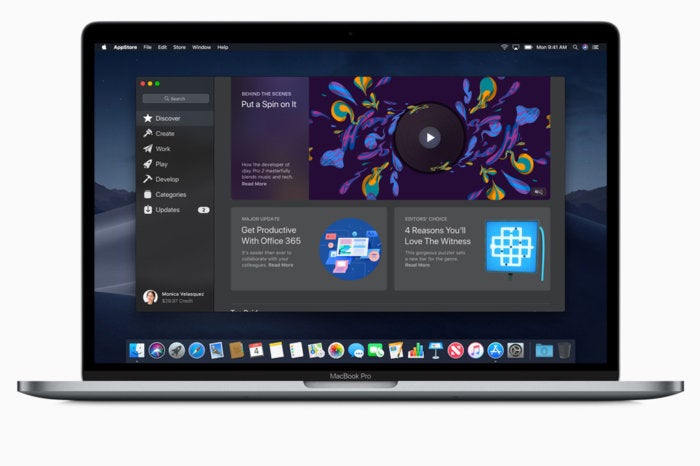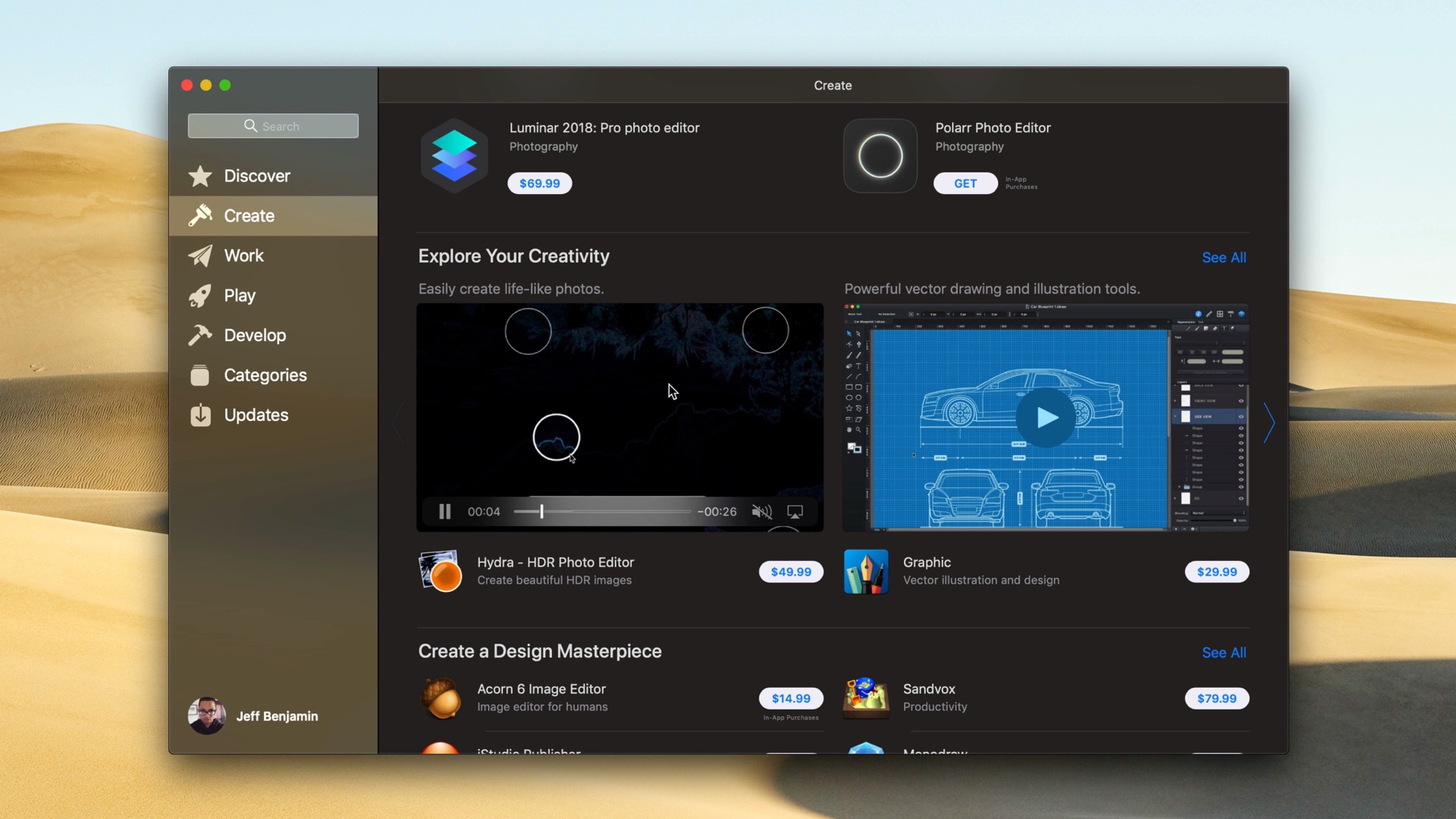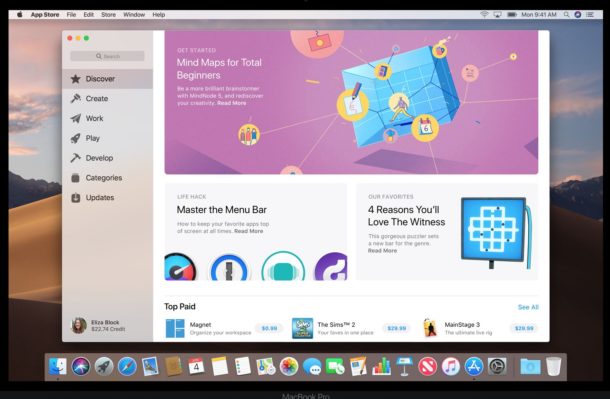
IData Pro is a flexible, easy to use, database program that can handle any number of datafiles. You design each datafile with a freeform text area and any number of optional fields (or none at all). Fields can be added to a datafile to provide more structure, and more. Just get the app and then start manipulating local and remote databases in a go. On top of that, it is an open source app as well. So, if you want to see its code base, then you can find it on GitHub. Using this Free MySQL, MariaDB Database management App for macOS: To use this app first download it from its homepage and install it. Firebase Realtime Database and Google Cloud Firestore are flexible databases that give you the ability to easily store and sync app data at global scale.
Collate and Manage data conveniently with Best Database management app for mac – Managing hefty database could be a daunting task if you don’t follow a proper methodology. However, if you are a mac user then there are a plethora of options which makes things expedient for you.
There are several third party database management applications for mac which are not only easy to install but are convenient to use. If you are in a hunt for some of the best database management app for mac then you must know about the following apps.
Jul 28, 2016 Sequel Pro for mac: Best database management app for mac. Sequel pro for mac is an excellent database management app for mac users who need to work upon MySQL databases. This application allows the user to choose their preferred language which includes Ruby, PHP, BASH or Python. It has the ability to automatically highlight the custom queries.
The Best Free Database Software app downloads for Mac: MySQL Workbench MySQL Database Server OpenBase SQL Address Book Manipulator SQL Anywhere Develo. Feb 17, 2015 Records is a new, powerful database app for the Mac that lets you collect and organize all of your important information in one place. You can keep an inventory of items in your home, a recipe collection, and much more using the app's templates. Records is designed and built exclusively for OS X Yosemite. Records allows you to create a number of different types of databases. Mar 12, 2020 dbHarbor dbHarbor is a native macOS App for developing, managing and administrating SQL databases on macOS that feels right home on macOS. Featuring an elegant window interface, it puts all the focus on the database development, rather than what’s around them.
Ninox for mac
Ninox for mac is an easy to use flat-file database system through which the users can create or manage heavy databases in minutes. This database management app for mac has excellent features like grouping, calculations, multiple filters and table relations. Its ability to sync through iCloud makes the data accessible from multiple devices.
Sequel Pro for mac: Best database management app for mac
Sequel pro for mac is an excellent database management app for mac users who need to work upon MySQL databases. This application allows the user to choose their preferred language which includes Ruby, PHP, BASH or Python.
It has the ability to automatically highlight the custom queries. The user can also customize the query editor font. One of the most magnificent facets of this application is that the user can easily set up a connection with the local MySQL server on their mac device which further makes it one of the best database management app for mac.
Querious for mac

With this DB application for mac working on vast databases has become an easy task. Some of the best features of this application are its ability to view, search, edit, export, import, configure and monitor the MySQL databases.
Querious for mac allows the user to open raw CSV or Tab files and further lets them split, join, add, remove, reorder and process various rows and columns. This database management app for mac doesn’t only deal with managing the data. It also enables you to check the status of a server such as the number of connections, bandwidth used and the queries running on the server.
iDatabase for mac:
iDatabase for mac is a convenient database application for the mac users who wish to manage multiple data which may include their expenses, projects, membership lists etc. The application presents around 22 ready to access database templates through which the users can manage any kind or type of information.
Some of the popular templates include inventory, movie catalog, accounts, projects, records, expenses, events, vehicle management amongst others. iDatabase for mac can be easily synchronized through WiFi for iPhone.
Valentina Studio for mac:
Valentina studio for mac has excellent features which include database schema editor through which the user can easily create and modify schema objects of supported databases which include a table, views, fields, enums etc.
With the help of diagram editor, the user can design new diagrams and explore various existing databases visually. Some of the other convenient features include SQL editor, Query Builder, Related data editor amongst others.
The mac users surely have umpteen options to choose from when it comes to the best database management app for mac. However, the above-mentioned mac database management apps are considered to be the best database management apps for mac. Expedient features and easy user interface make database management an effortless procedure for the mac users.
If you're using macOS Mojave or earlier or a Windows PC, use iTunes to share files between your computer and your iOS or iPadOS device.
Other ways to share
Learn about other ways you can share files between your Mac and your devices. These features work wirelessly.
iCloud Drive lets you securely access all of your documents from your iPhone, iPad, iPod touch, Mac, or PC. No matter which device you're using, you'll always have the most up-to-date documents when and where you need them.
With Handoff, you can start a document, email, or message on one device and pick up where you left off on another device. Handoff works with Apple apps such as Mail, Safari, Maps, Messages, Reminders, Calendar, Contacts, Pages, Numbers, and Keynote. It also works with some third-party apps.
AirDrop lets you instantly share your photos, videos, documents, and more with other Apple devices that are nearby.
What you need to use the Finder to share files
Databases For Macos Apps
- An iPhone, iPad, iPod touch with the latest version of iOS or iPadOS
- An iOS or iPadOS app that works with File Sharing
See the iOS and iPadOS apps that can share files with your Mac
- Open a Finder window.
- Connect your iPhone, iPad, or iPod touch to your computer with a USB cable.
- Select your device in the Finder. Learn what to do if your computer doesn't recognize your device.
- Click the Files tab to see a list of apps that can share files. If you don't see a Files section, your device doesn't have any apps that can share files.
- Click the triangle next to an app to see the files that you can share.
Databases For Mac Os X
Copy from your Mac to your device
- Select the files that you want to copy. Select only files that work with the app. Check the app’s user guide to see which ones work.
- Drag the files to the app on your device. The Finder copies the files to your device.
Copy from your device to your Mac
- Select the files that you want to copy.
- Drag the files to a folder on your computer. The Finder copies the files to your computer.
Open shared files
On your iPhone, iPad, or iPod touch, use the app that you chose in the Files tab to open files that you shared from your computer.
Depending on the file type, some apps can't open files in other apps or locations. You can see the list of files in the Files tab of the Finder when your device is connected to your computer.
Back up shared files

When iCloud or your computer backs up your device, it backs up your shared files as well.
If you delete an app with shared files from your iOS or iPadOS device, you also delete those shared files from your device and your iCloud or computer backup. To avoid losing shared files, copy the files to your computer before deleting the app from your device.
Databases For Macos App Download
Delete shared files from your device
- Open a Finder window on your Mac.
- Connect your device to your computer using a USB cable.
- Select your device in the Finder. Learn what to do if your computer doesn't recognize your device.
- Select the app from the list in the Files section.
- In the Documents list, select the file that you want to delete, then press the Delete key on your keyboard.
- When the Finder asks you to confirm, click Delete.
There might be other ways to delete files from an app. See the app's user guide to find out more.